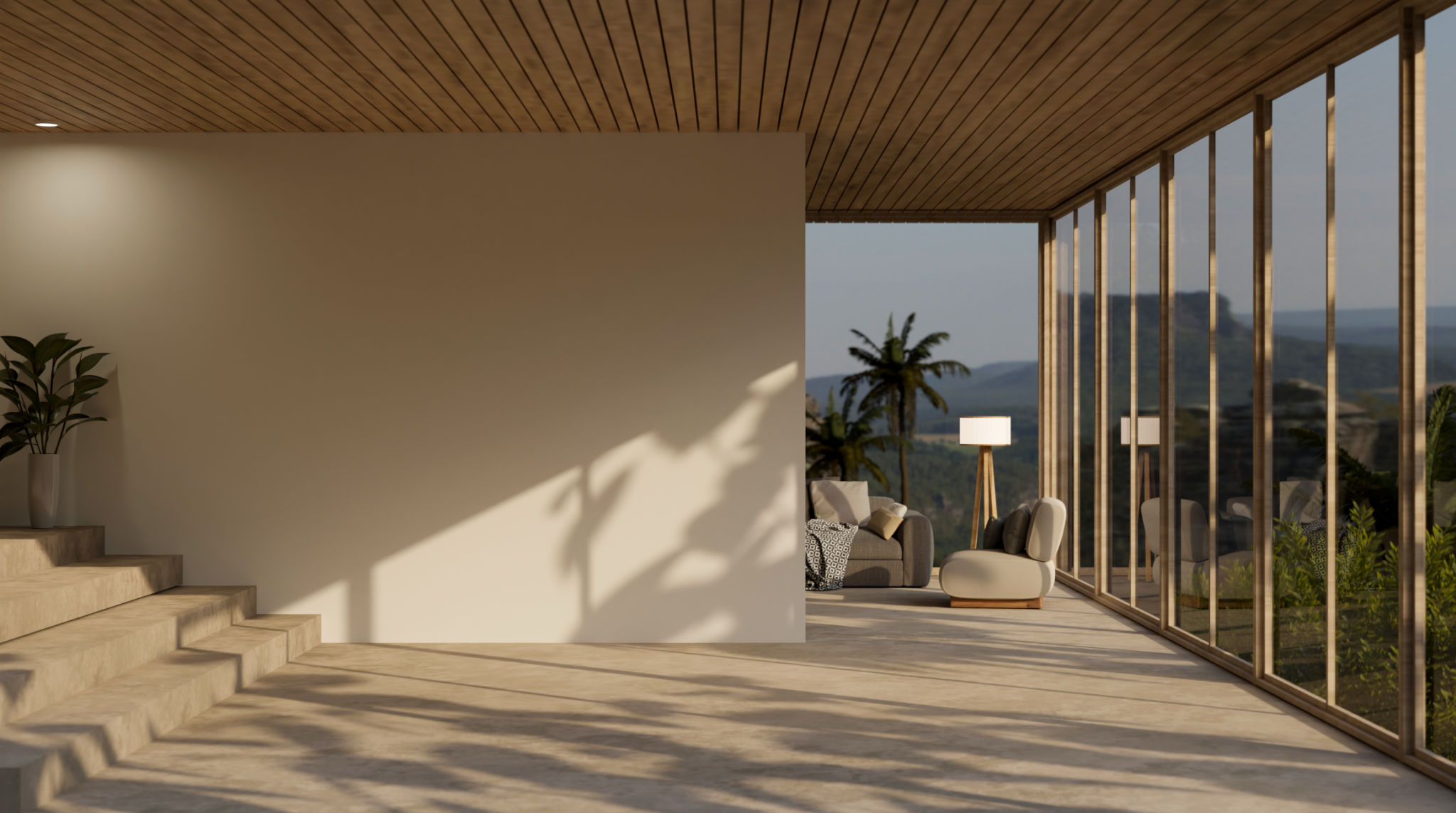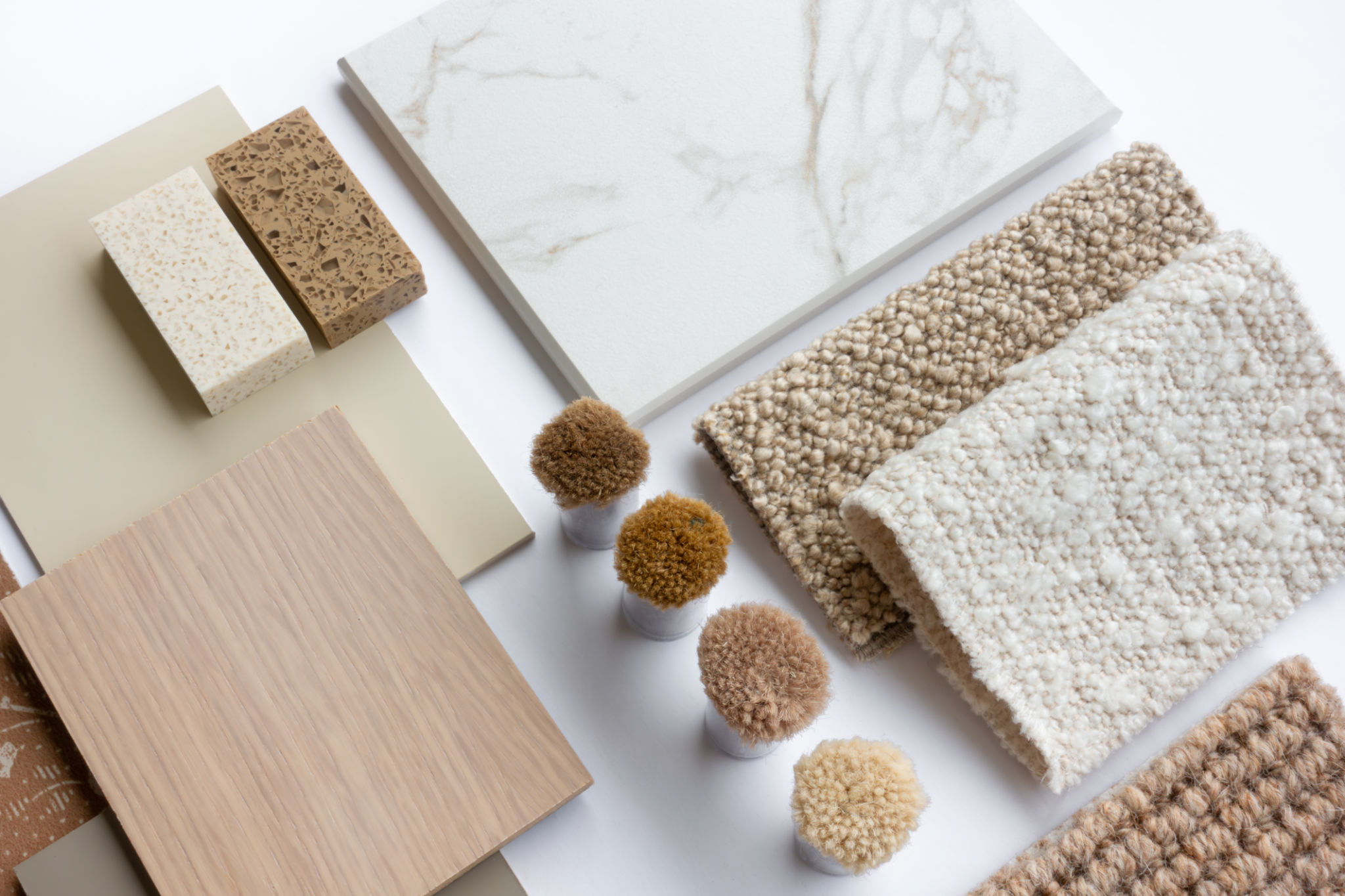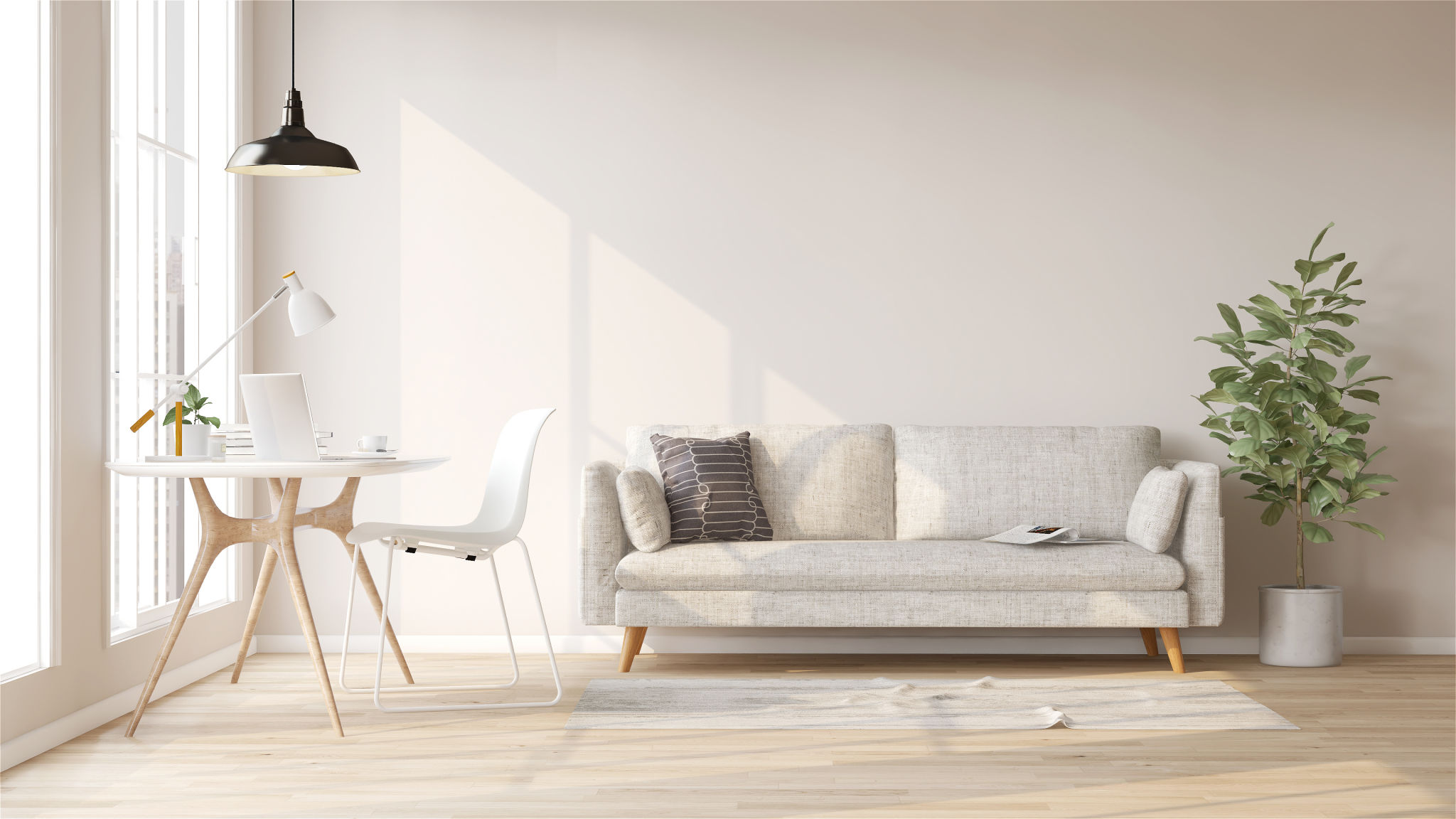Modern Minimalist Trends: How UK Homes Are Embracing Simplicity
Understanding Modern Minimalism
Minimalism has increasingly become a mainstream lifestyle choice, especially in the design of homes across the UK. This trend focuses on simplicity and functionality, stripping away the unnecessary to create spaces that are both tranquil and efficient. By embracing modern minimalist trends, UK homeowners are finding ways to cultivate environments that promote clarity and calmness.
The core principle of minimalism is to create a space that is aesthetically pleasing while serving practical purposes. This means using simple color palettes, clean lines, and open spaces. The essence of this trend is to allow each element within a room to serve a purpose, reducing clutter and stress.

The Rise of Sustainable Materials
As environmental awareness grows, the use of sustainable materials in minimalist design has gained popularity. Homeowners are increasingly opting for eco-friendly options like bamboo flooring, reclaimed wood, and recycled metal. These materials not only provide a natural and organic feel but also contribute to reducing the carbon footprint.
Additionally, energy-efficient appliances and smart home technologies are becoming staples in minimalist homes. These innovations help to minimize waste and optimize energy use, aligning perfectly with the minimalist ethos of efficiency and sustainability.

Color Palettes and Textures
A key aspect of modern minimalist trends is the use of neutral color palettes. Shades of white, grey, beige, and black dominate these spaces, creating a serene backdrop that allows the architecture and furnishings to take center stage. However, textures play a crucial role in adding depth and interest to these subdued palettes.
Incorporating various textures such as soft linens, natural stones, and brushed metals can make a minimalist home feel warm and inviting. The contrast between smooth and rough surfaces enriches the tactile experience without overwhelming the senses.

Functional Furniture
Furniture in a minimalist home is carefully selected for its functionality and aesthetic appeal. Unlike traditional designs that might emphasize ornate details, modern minimalist furniture is streamlined and purposeful. Pieces like modular sofas, extendable dining tables, and storage beds offer versatility while maintaining a sleek appearance.
Investing in high-quality furniture that can adapt to changing needs is a hallmark of minimalist living. This approach not only maximizes space but also ensures longevity, reducing the need for frequent replacements.
Creative Storage Solutions
A common challenge in minimalist homes is maintaining organization without compromising on style. Creative storage solutions are essential in achieving this balance. Built-in cabinets, hidden compartments, and multi-functional furniture help keep spaces tidy while preserving their minimalist aesthetic.
For instance, wall-mounted shelves and under-bed storage units utilize vertical and hidden spaces effectively. These solutions allow homeowners to maintain a clutter-free environment, enhancing the overall sense of simplicity and order in the home.

The Impact on Well-being
Beyond aesthetics, the minimalist trend has significant implications for mental well-being. By reducing visual clutter and emphasizing order, minimalist homes can promote relaxation and focus. The simplicity of design encourages mindfulness, allowing inhabitants to fully engage with their surroundings.
Many homeowners report feeling more at peace and productive in minimalist spaces. This positive impact on mental health is one of the key reasons why the trend continues to gain momentum across the UK.

